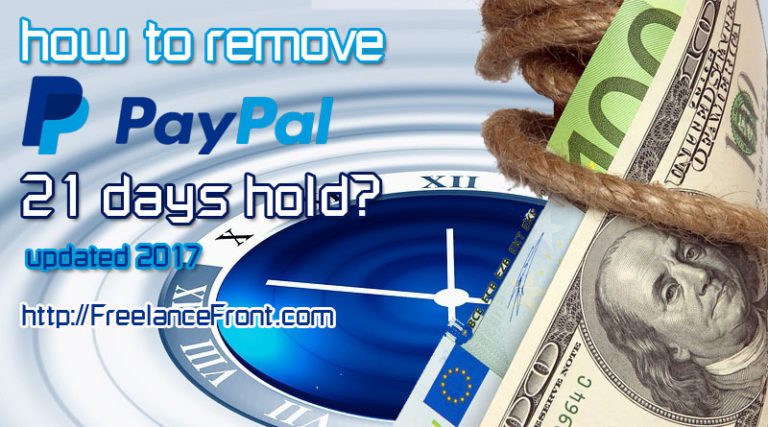Payoneer’s 10 Card Limit issue resolved: Ultimate Guide 2025
Ultimate Guide: What to Do When You’ve Reached Payoneer’s 10 Card Limit
If you’re a long-time freelancer using Payoneer, chances are you’ve used multiple cards over the years. But what happens when you hit the maximum limit of 10 cards? In this comprehensive guide, we will explore why this happens, what your options are, and how to continue using Payoneer for freelancing payments without disruption.
Whether you’re new to Payoneer or have been using it for years, this guide covers everything from Payoneer’s card policies to how to request an exception, plus alternative ways to access your funds. We’ve also included SEO-optimized sections for key queries and integrated both internal and external links for a complete experience.
Affiliate Link: Ready to sign up for Payoneer and receive payments from freelancing platforms like Upwork, Fiverr, or Toptal? Click here to sign up with Payoneer and get a bonus!
Table of Contents
- What Is Payoneer and Why Freelancers Love It
- Understanding Payoneer’s Card Policy
- Why There’s a 10 Card Limit
- What to Do If You’ve Reached the Card Limit
- Sample Request Template to Payoneer Support
- Alternatives to Using a Payoneer Card
- Payoneer Virtual Cards: A Modern Alternative
- Keeping Your Payoneer Account Active and Secure
- How to Avoid Inactivity Fees
- Conclusion
What Is Payoneer and Why Freelancers Love It
Payoneer is a global payment platform that allows freelancers and digital nomads to receive payments from clients worldwide. With features like multi-currency receiving accounts, a global partner network, and seamless integration with platforms like Upwork, Fiverr, and Amazon, it’s no surprise that millions of freelancers rely on it.
At FreelanceFront.com, we regularly recommend Payoneer for its ease of use, reasonable fees, and widespread acceptance.
Understanding Payoneer’s Card Policy
Payoneer issues prepaid Mastercard debit cards, which can be used at ATMs, online stores, and POS terminals globally. However, there is a lifetime card issuance limit of 10 cards per account. This includes both active and expired cards, and applies regardless of currency (USD, EUR, GBP, etc.).
This limitation is set for security and operational reasons, but it can create challenges for users who’ve been active for several years.
Key Facts:
- Max 10 cards per account (lifetime limit)
- Includes expired, lost, blocked, or active cards
- No option to delete card history manually
Why There’s a 10 Card Limit
The limit exists primarily for security and backend management. Every card generated creates a financial and security footprint. While 10 may seem limiting, most users don’t need more than a few. However, for seasoned freelancers, this can become a bottleneck.
What to Do If You’ve Reached the Card Limit
Step 1: Contact Payoneer Support
Your best course of action is to contact Payoneer’s customer support directly and request a review of your account. Be sure to explain:
- How long you’ve been a user
- Your usage history
- Why you need another card
Many long-time users have successfully received exceptions or had their card records reset by making a polite and clear request.
Sample Request Template to Payoneer Support
Use the following message when contacting Payoneer support:
Subject: Request to Issue New Card Beyond 10-Card Limit
Hello Payoneer Support Team,
I have been a loyal Payoneer user since 2013, primarily using it to receive freelancing payments. Over the years, I’ve used up the 10-card limit due to expiration and replacements.
As I intend to continue using Payoneer as my primary payment solution, I kindly request you to review my account and allow me an exception to issue a new card.
Thank you for your continued support.
Best regards,
[Your Full Name]
[Your Payoneer Email Address]
Alternatives to Using a Payoneer Card
If you cannot get a new card, don’t worry — Payoneer still offers multiple ways to access your funds:
1. Local Bank Withdrawal
Withdraw directly to your local bank account in your home currency. Learn how to set up local bank withdrawals on FreelanceFront’s guide to Payoneer withdrawals.
2. Payoneer to Payoneer Transfers
Send or receive funds between Payoneer users instantly and free of charge.
3. Use Digital Wallets
Some countries allow transfers to digital wallets like JazzCash or Easypaisa in Pakistan (availability varies).
Payoneer Virtual Cards: A Modern Alternative
Payoneer also offers virtual cards, especially in USD currency. These cards are ideal for online payments and are more secure than physical cards.
Pros:
- Instantly issued
- No physical delivery required
- Safer for online transactions
Check Payoneer’s official virtual card FAQ for more details.
Keeping Your Payoneer Account Active and Secure
To ensure your account remains active:
- Log in at least once every 3 months
- Make at least one transaction (payment received or withdrawn) every 6-12 months
- Enable 2FA (Two-Factor Authentication) to prevent unauthorized access
How to Avoid Inactivity Fees
If your account remains inactive for 12 months, Payoneer charges an annual inactivity fee of $29.95. This can be avoided easily by staying active.
Read more on Payoneer’s fee policy here.
Conclusion
Hitting the 10-card limit on Payoneer may seem like a dead-end, but it’s far from it. By understanding your options and communicating effectively with support, you can either get an exception or move to more modern solutions like virtual cards and local bank transfers.
Don’t let card limits slow down your freelancing journey. At FreelanceFront.com, we’ve got your back with detailed guides, tips, and solutions for every Payoneer-related hurdle.
And if you’re new to Payoneer — or looking to open a second account for a business entity — sign up using our affiliate link and get started with a bonus!
Related Articles on FreelanceFront:
For more freelancing resources and updates, stay tuned to FreelanceFront.


